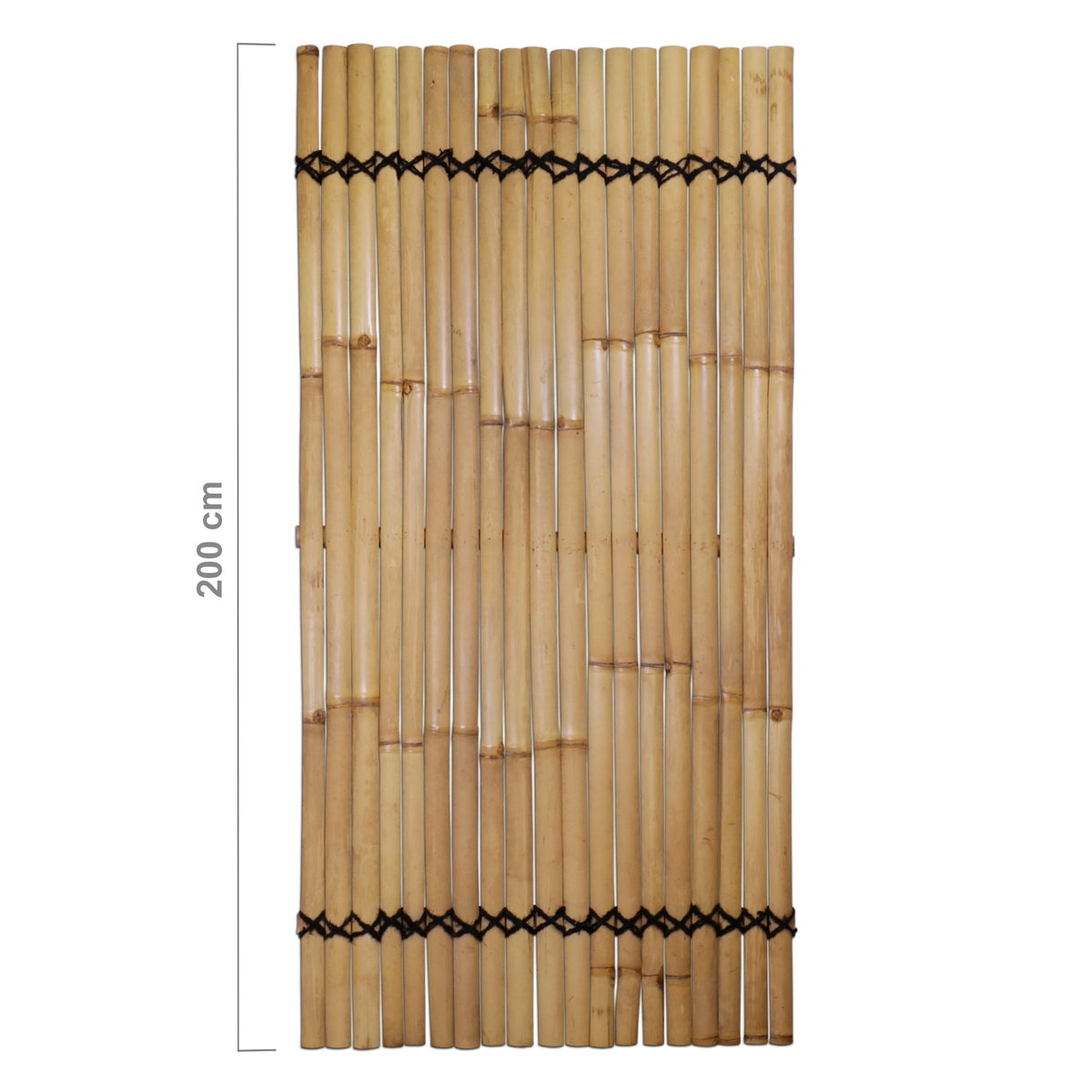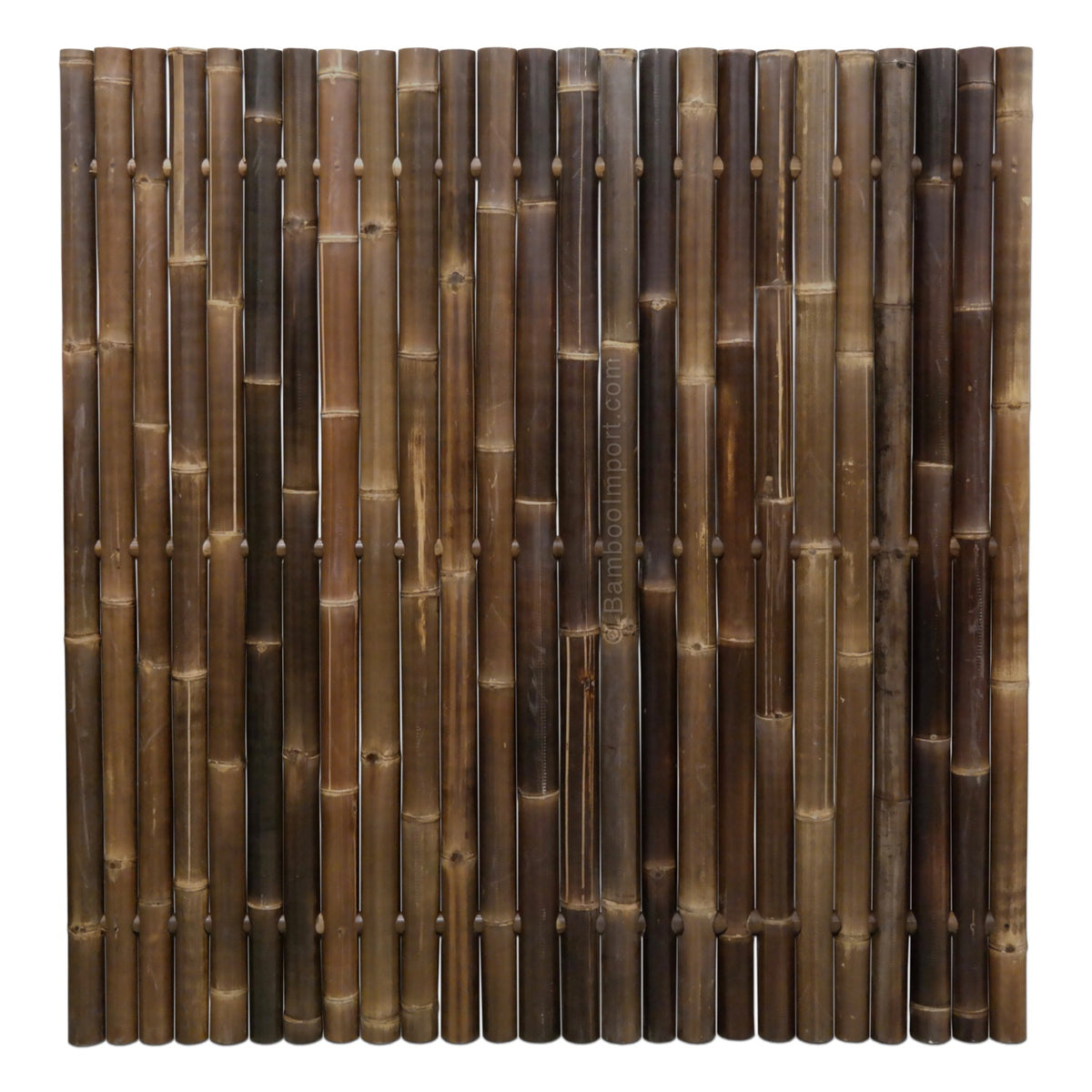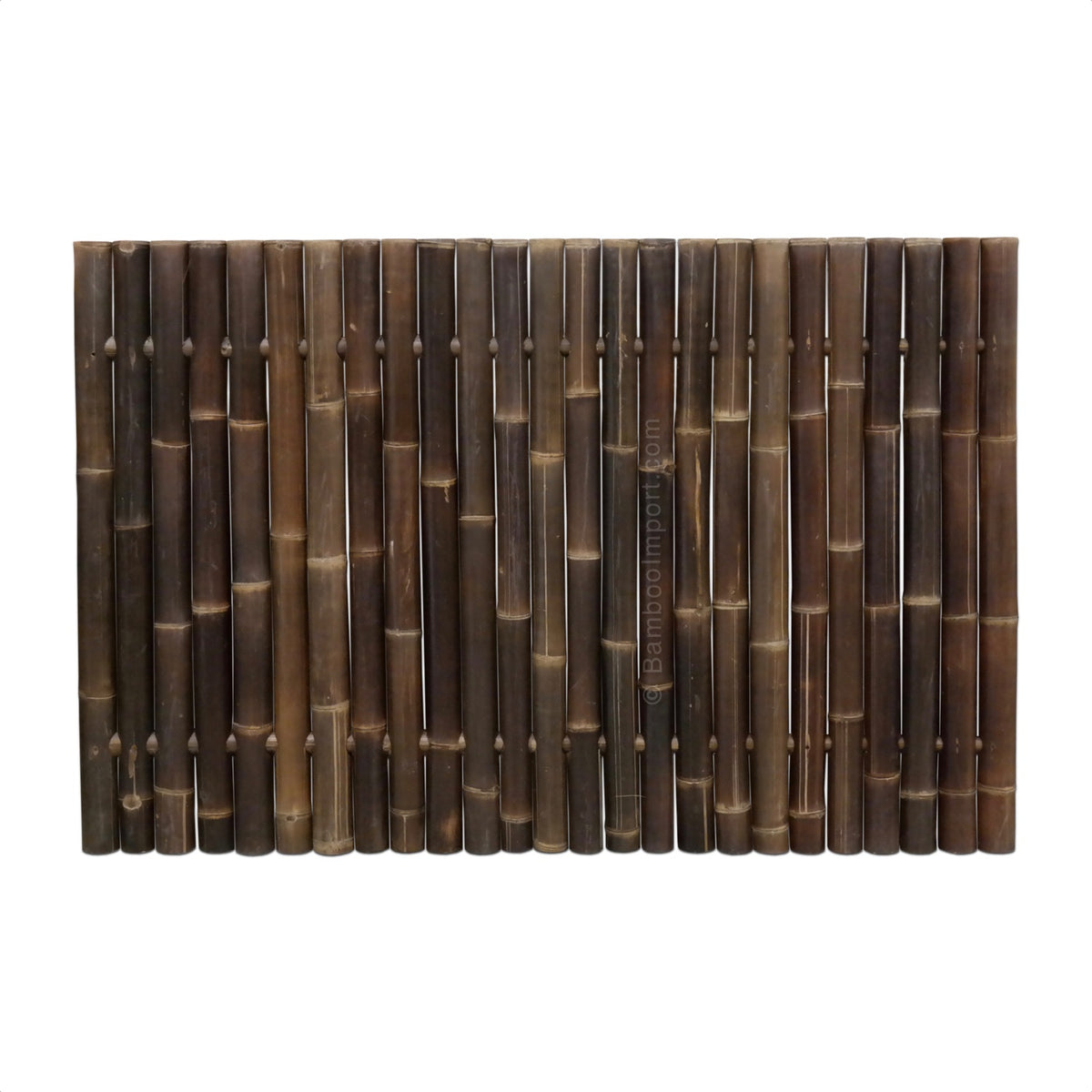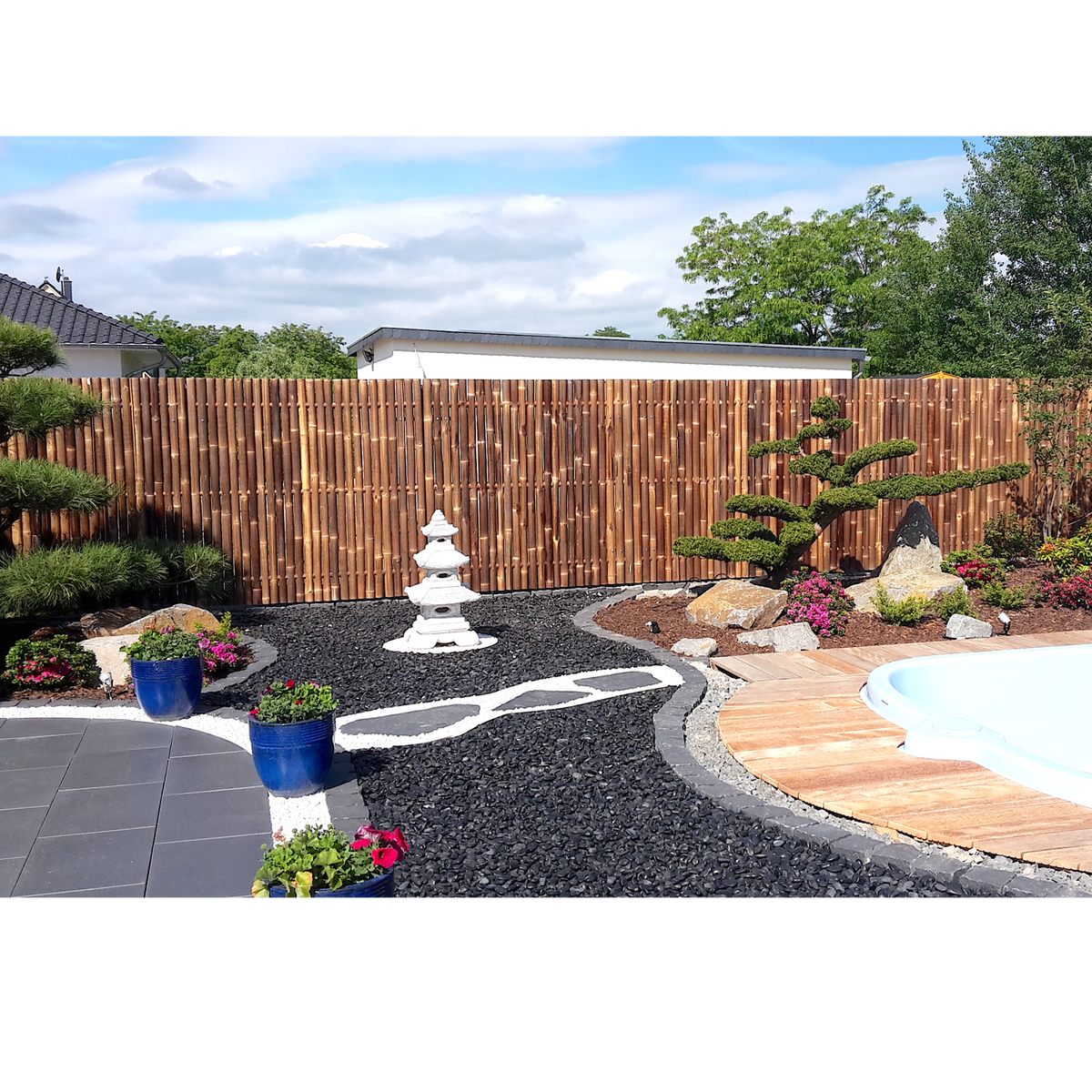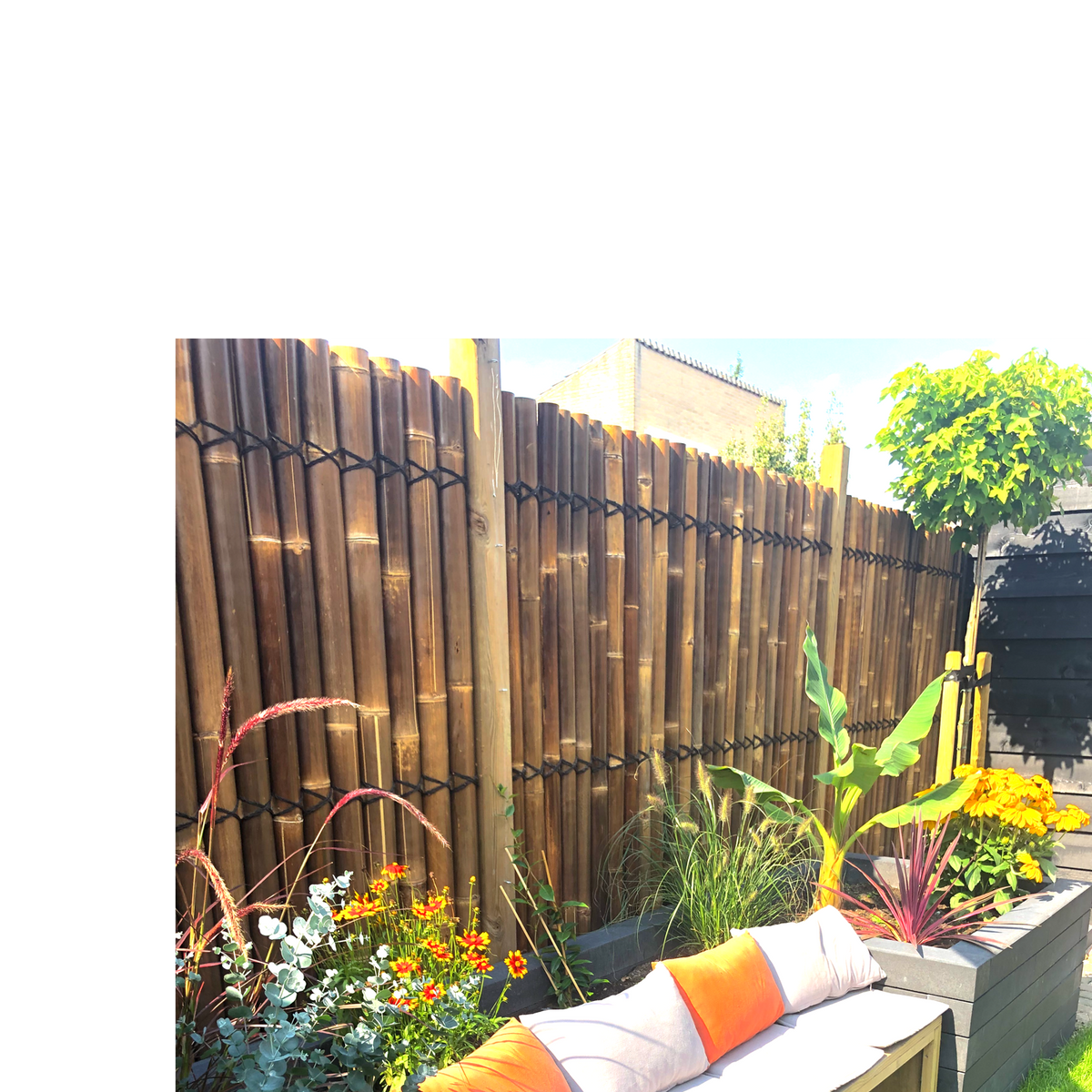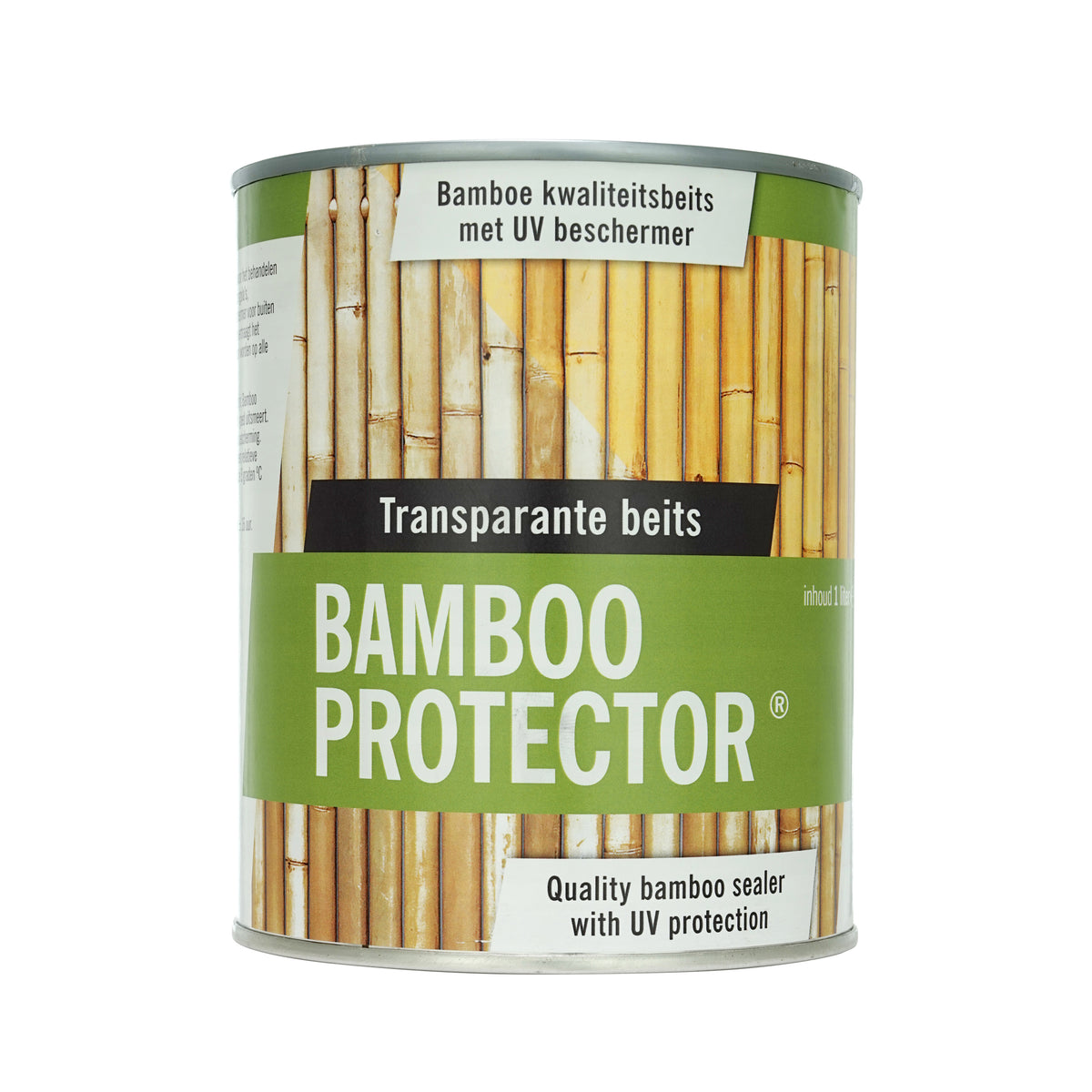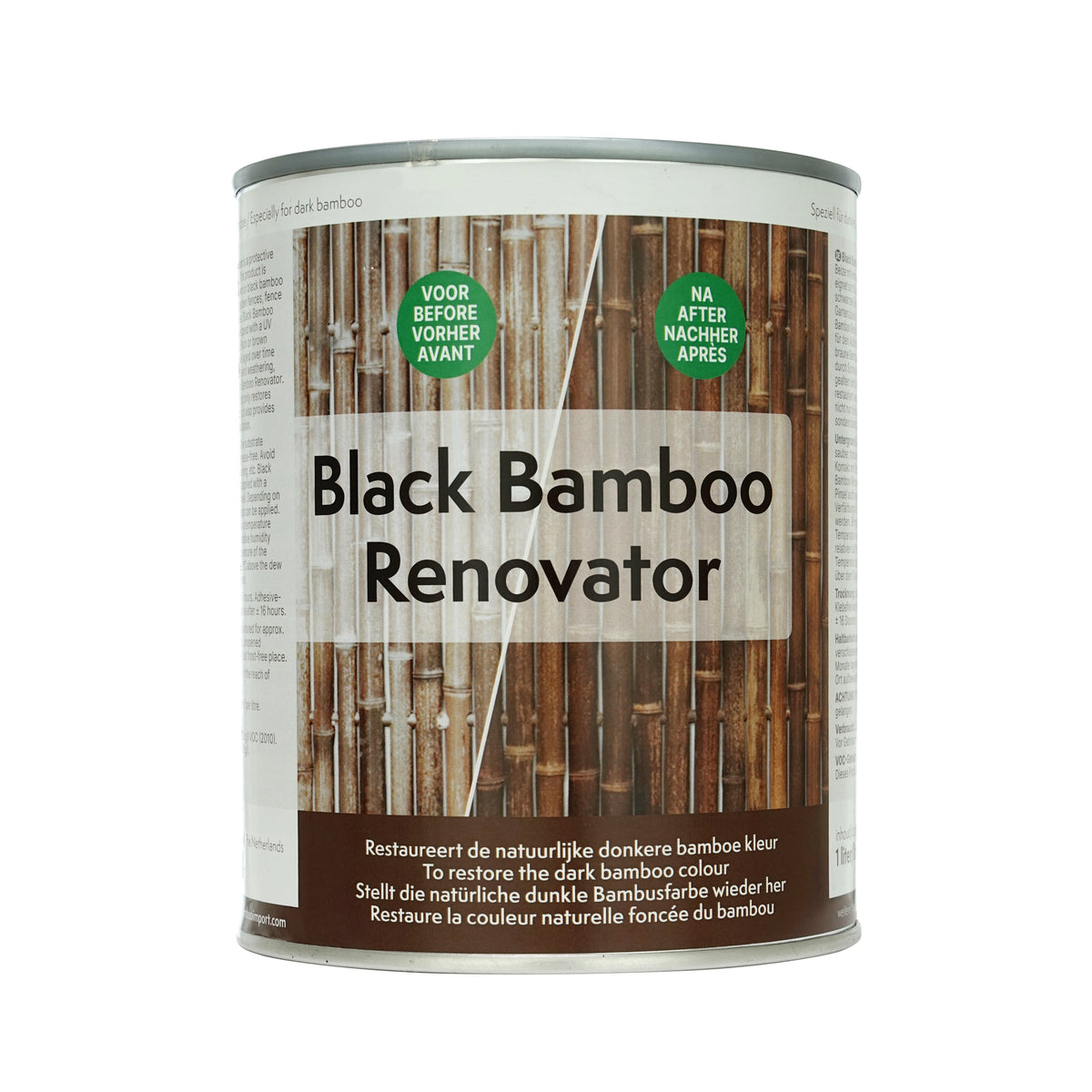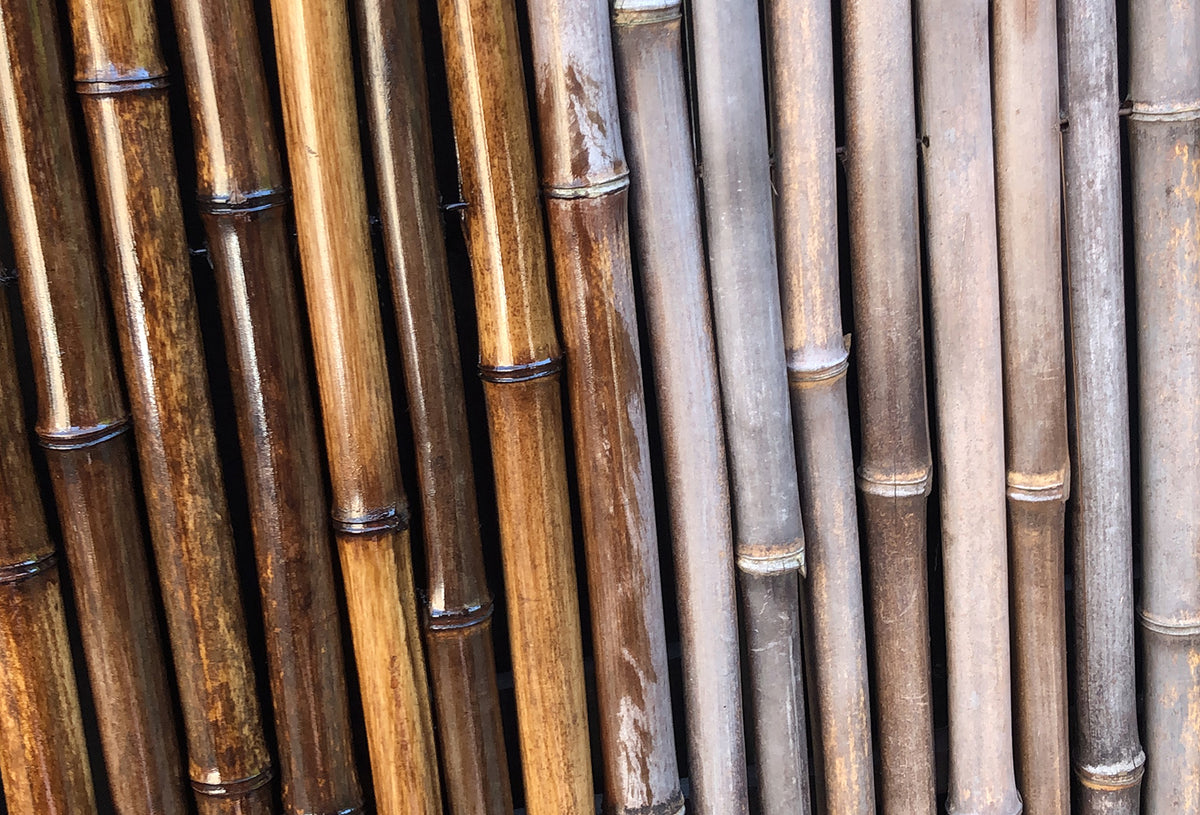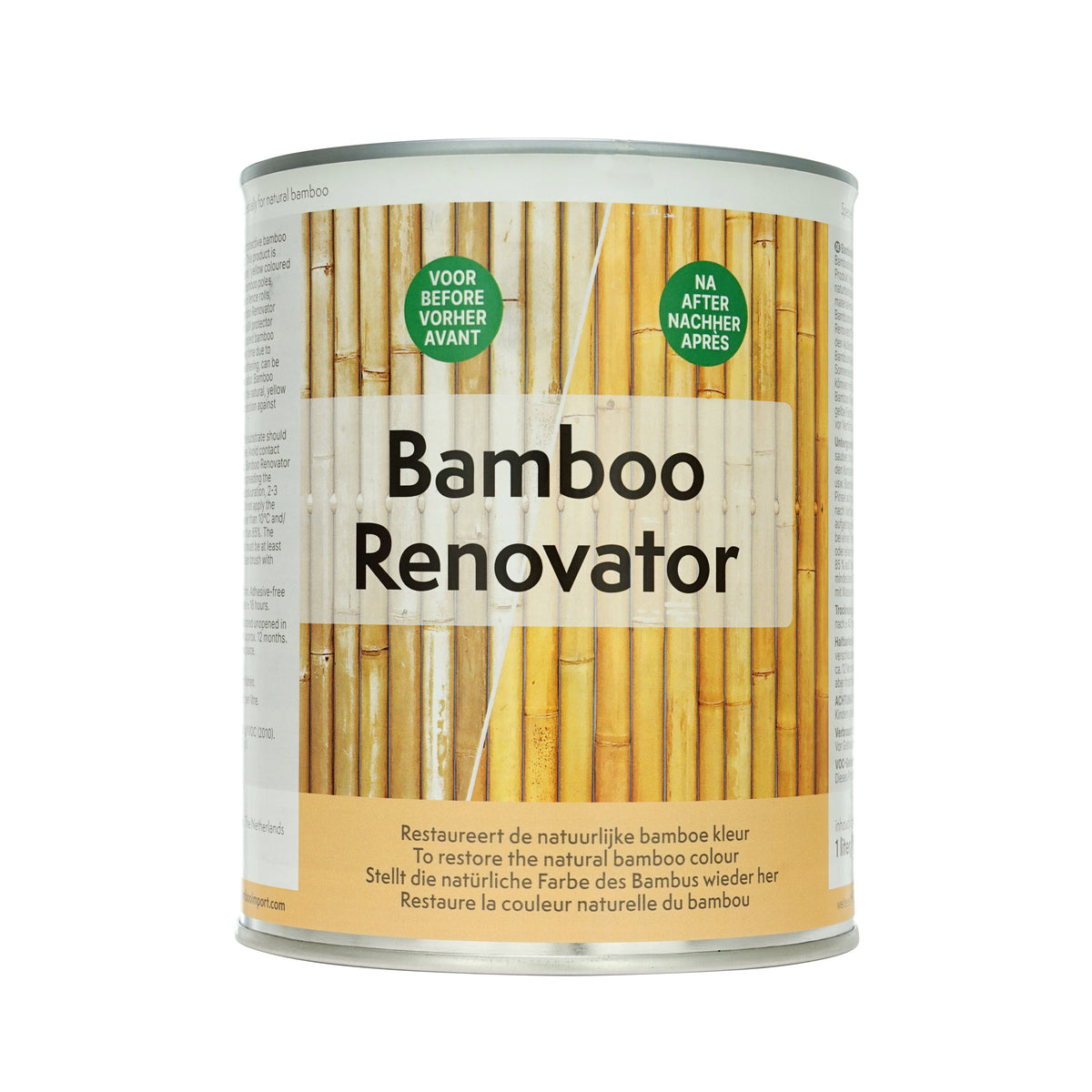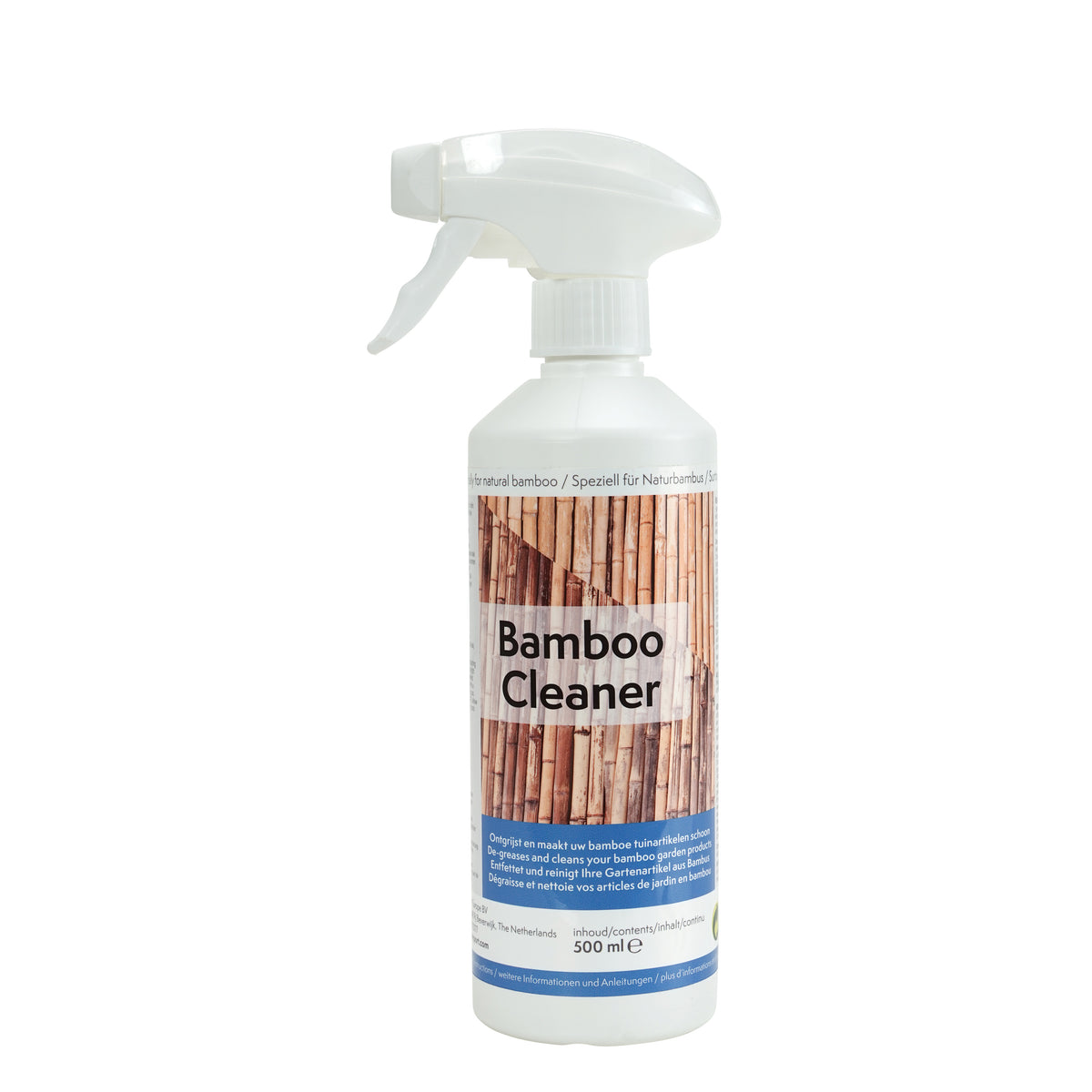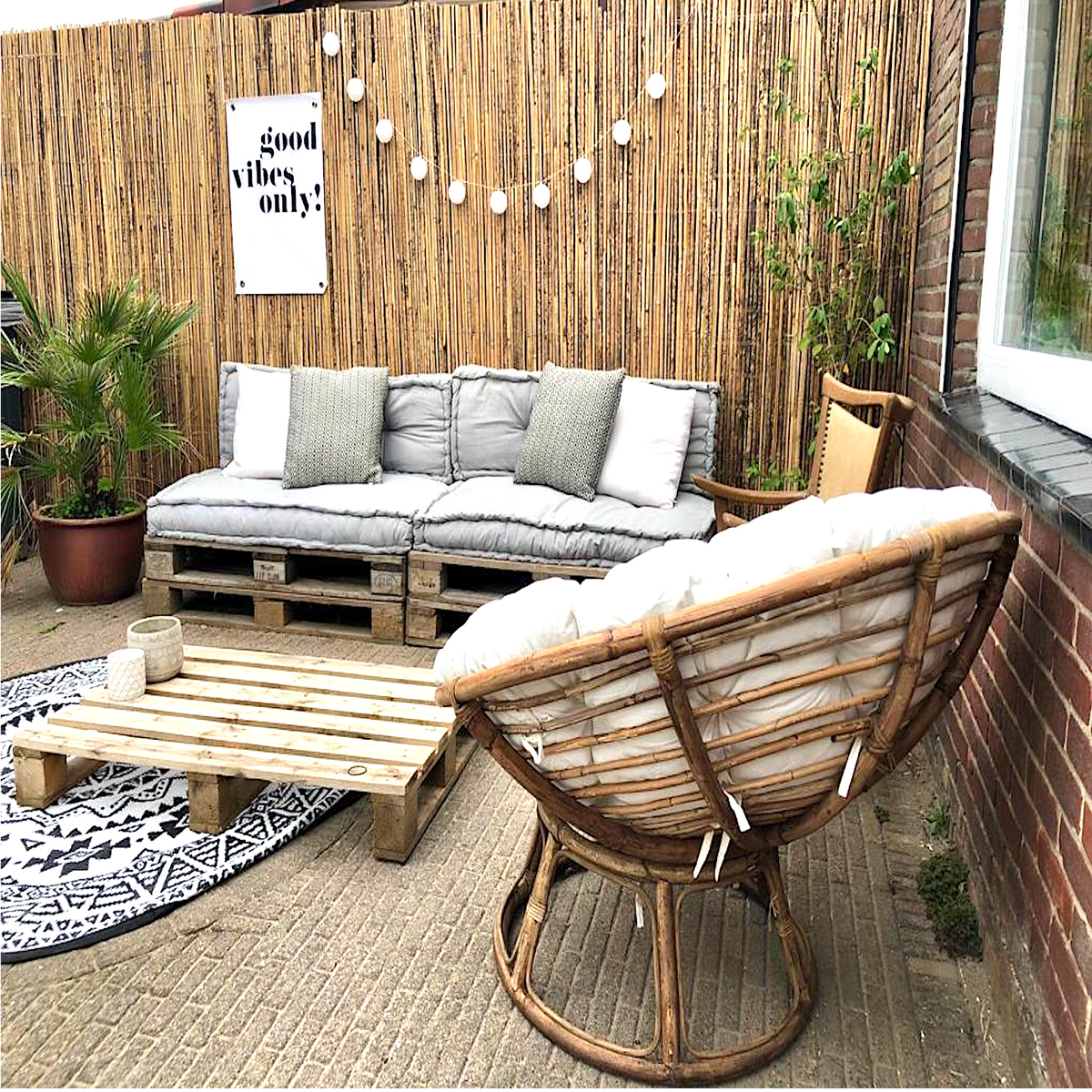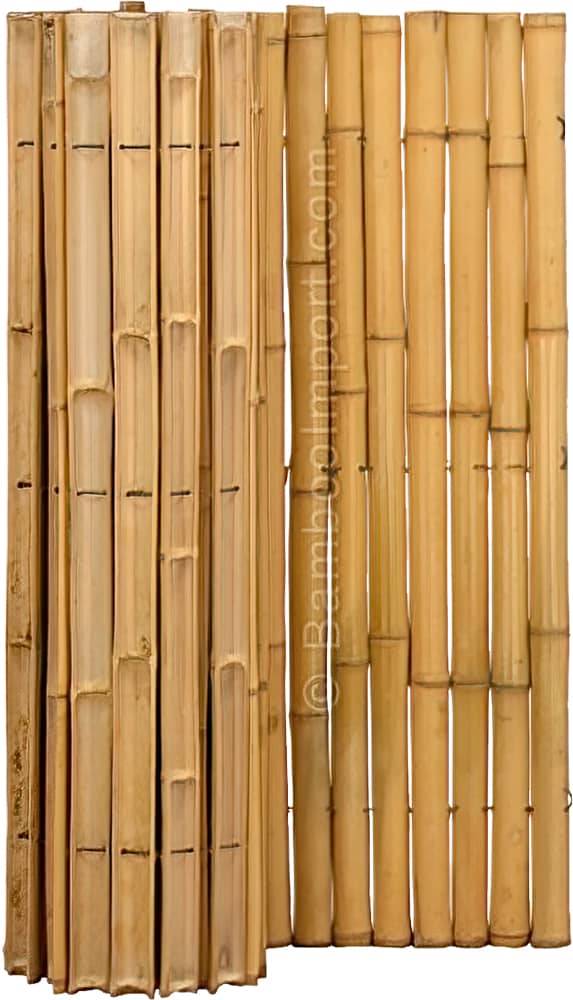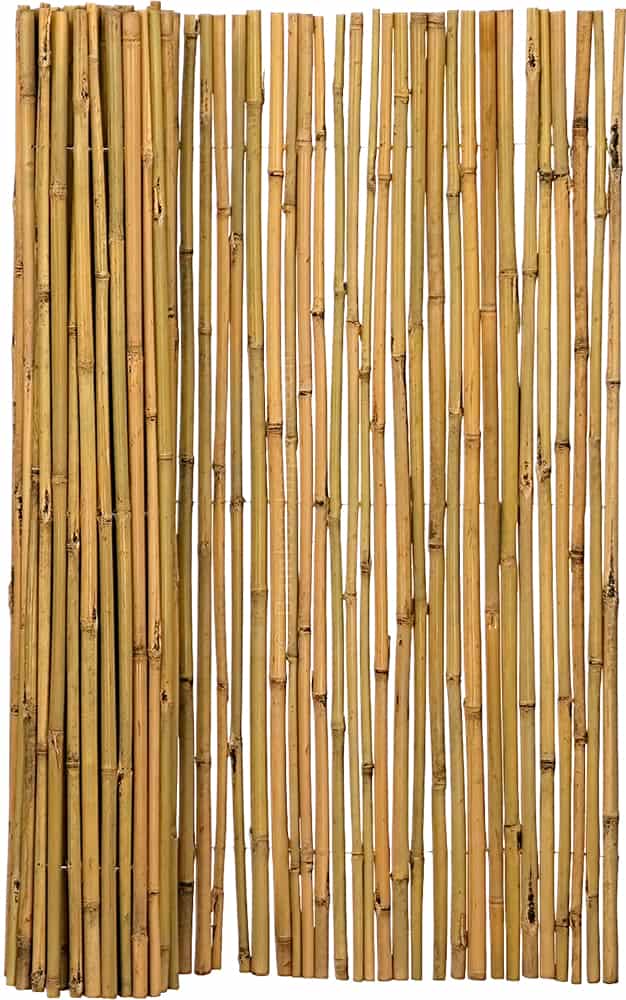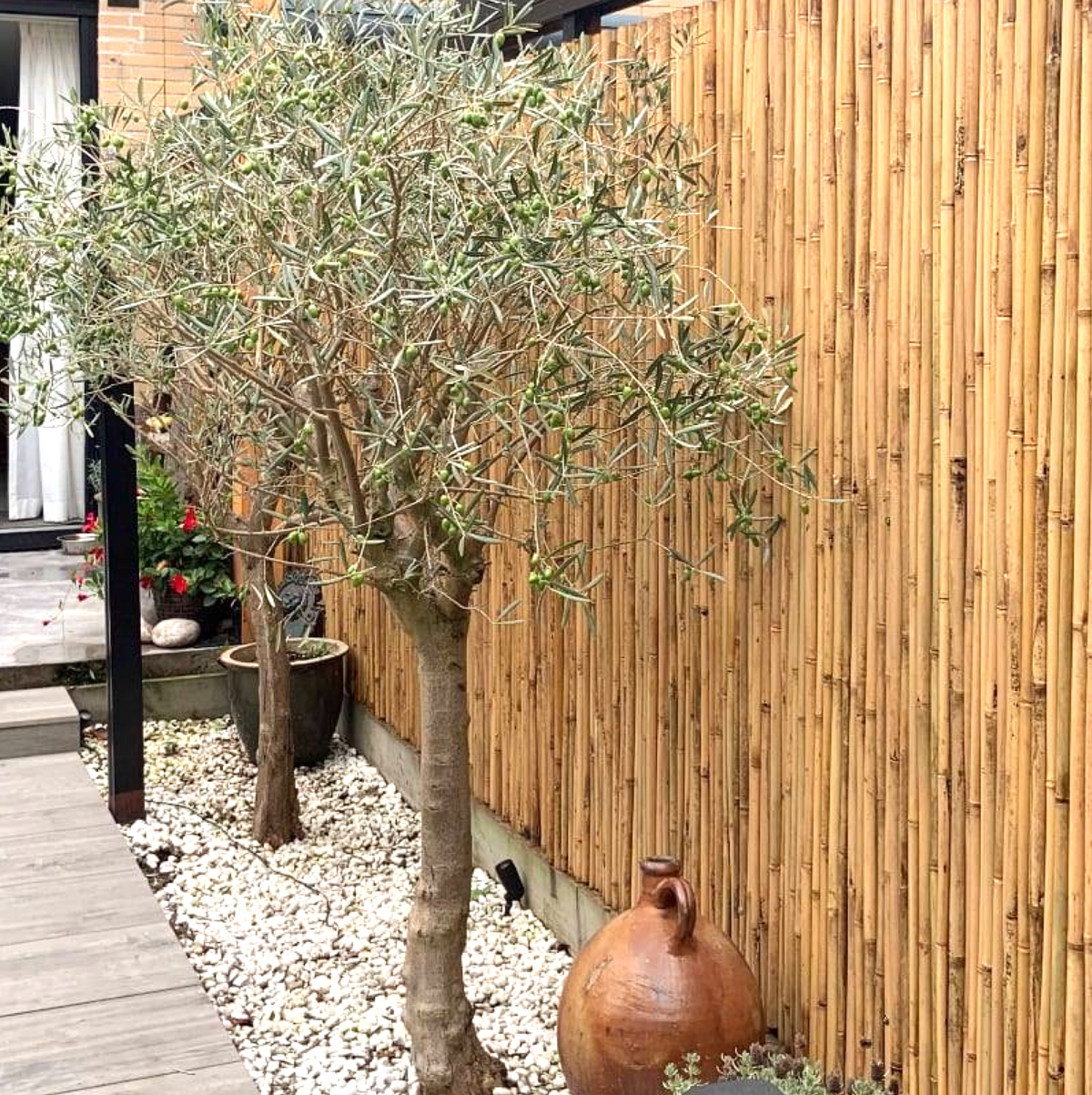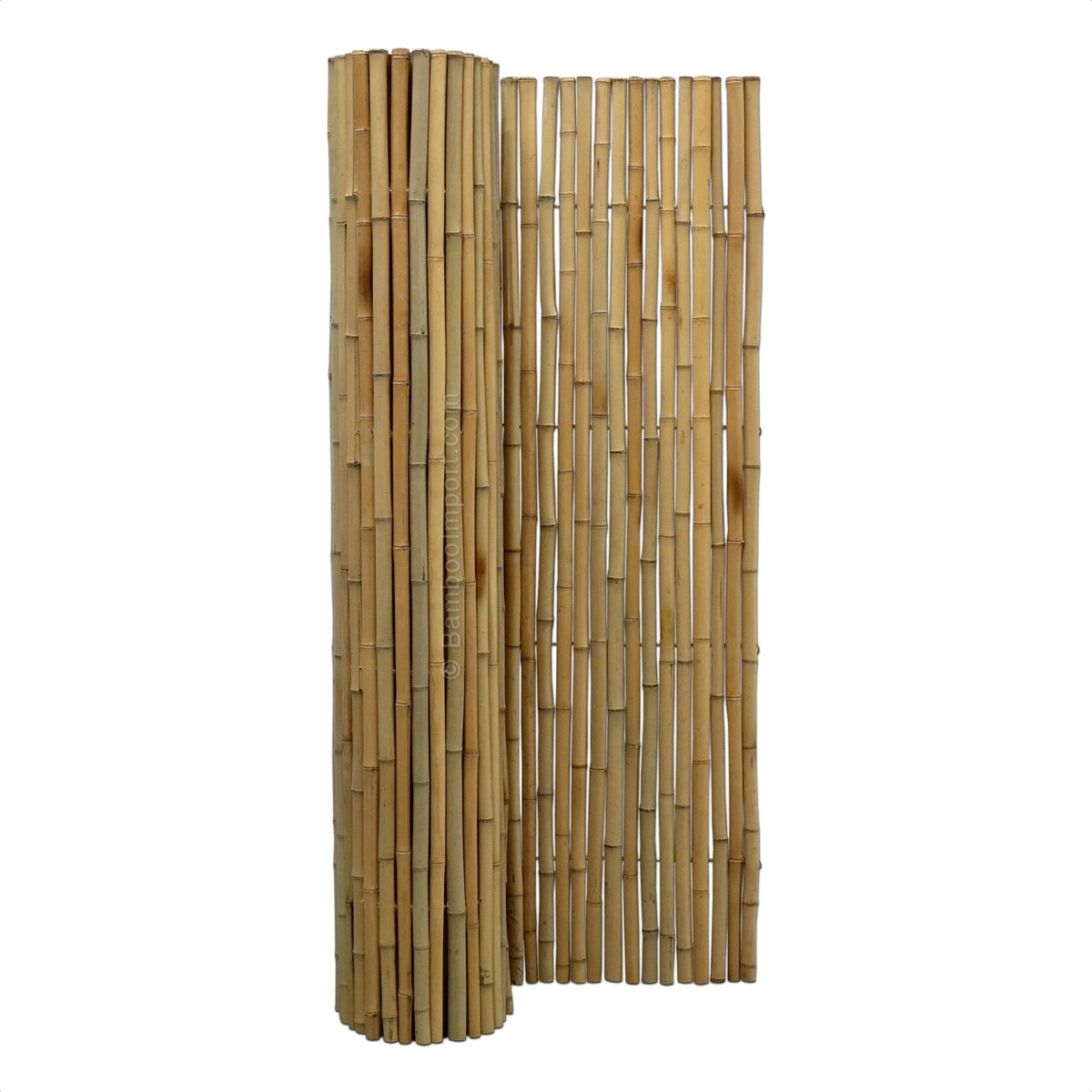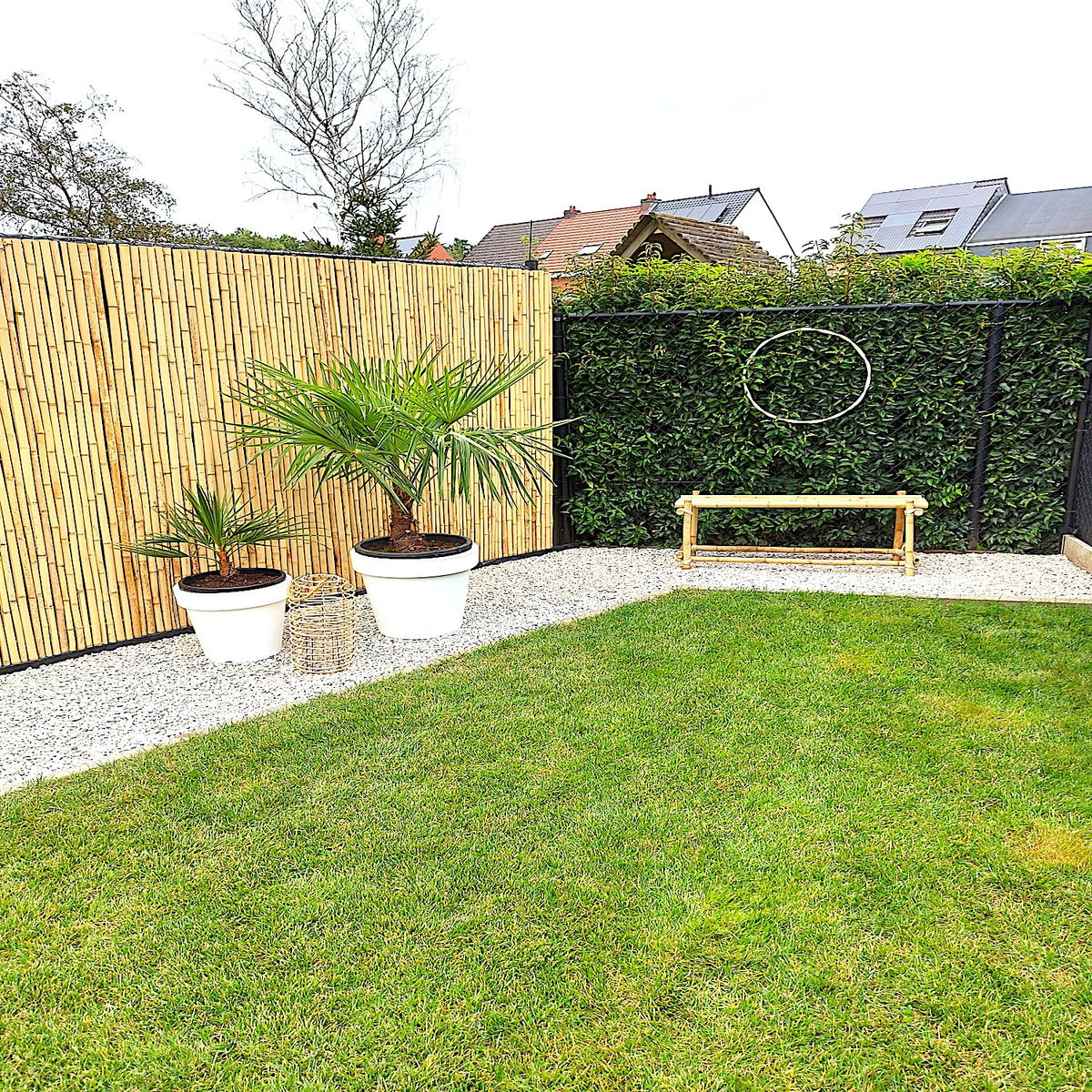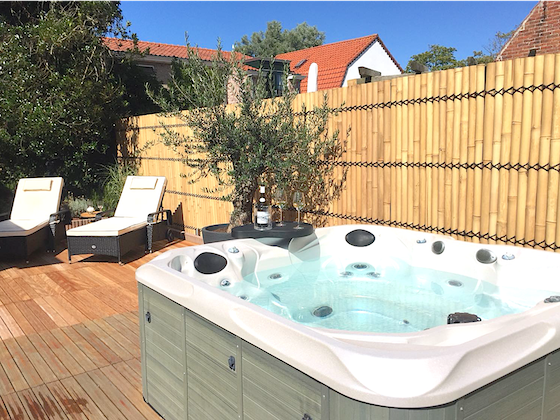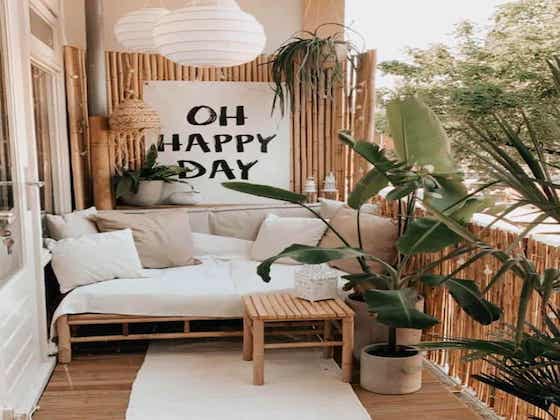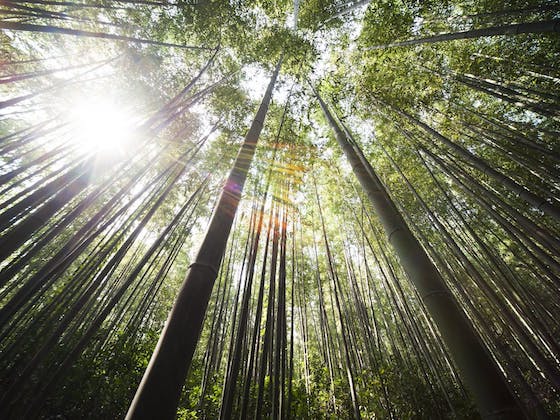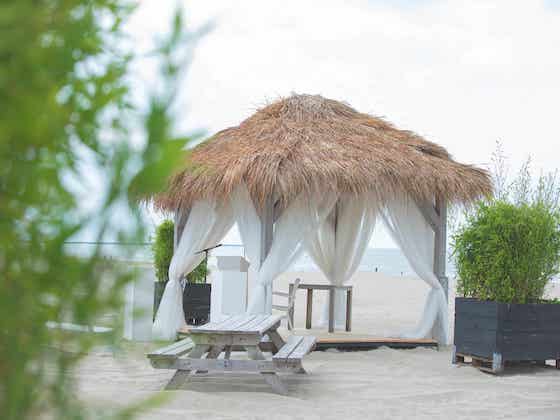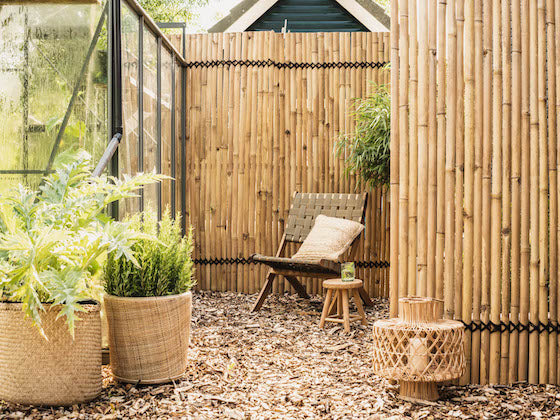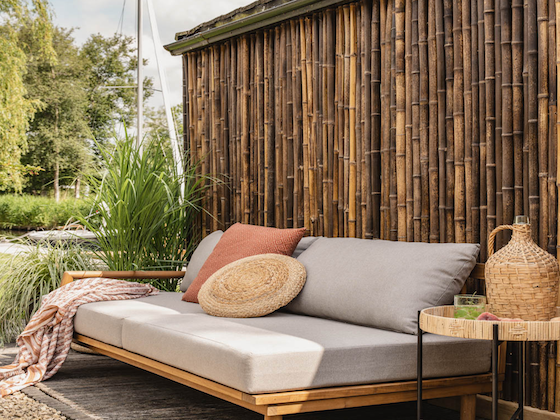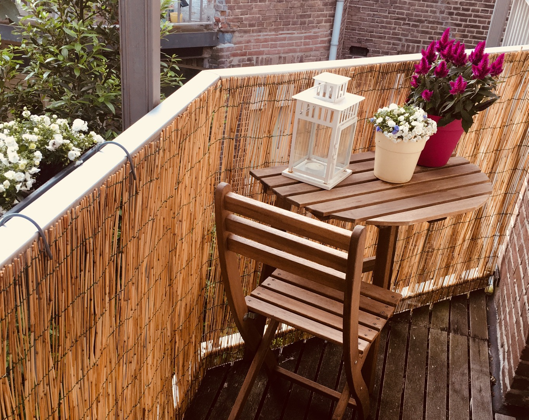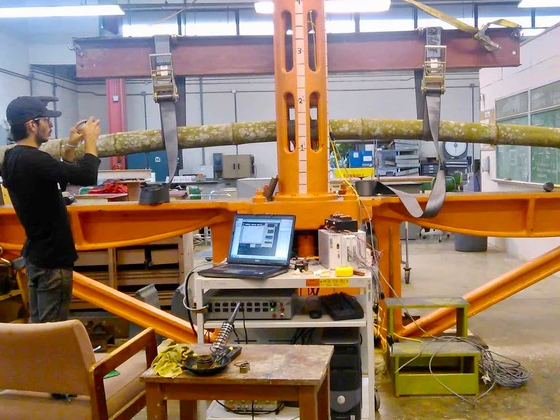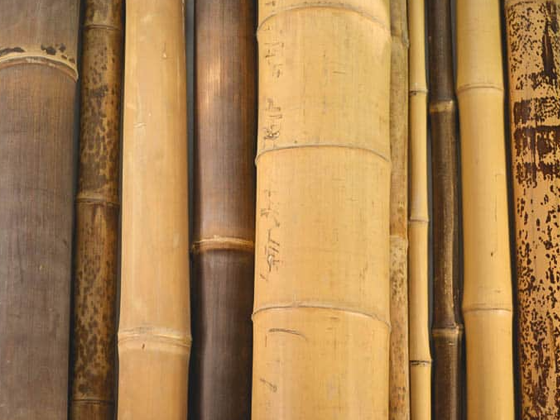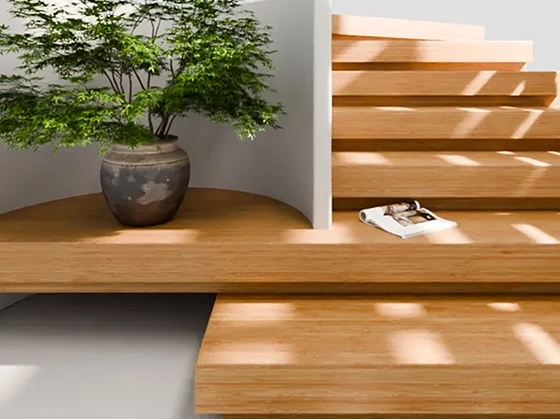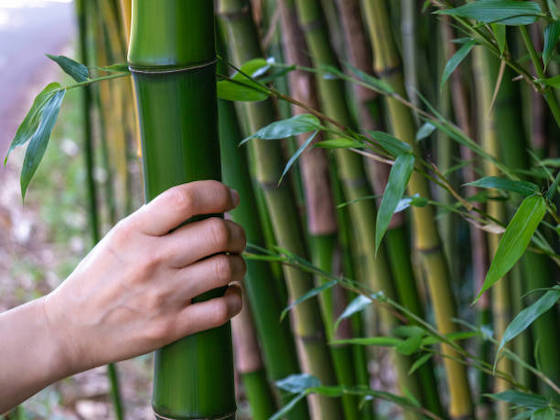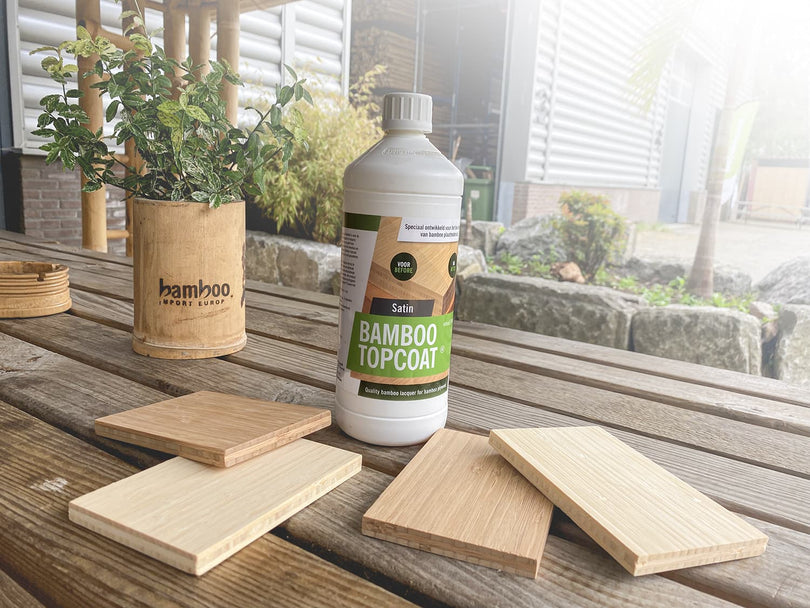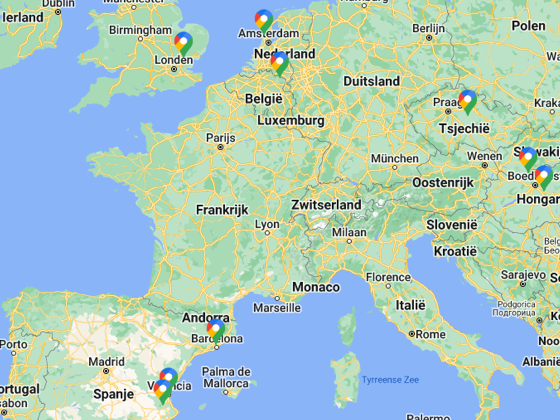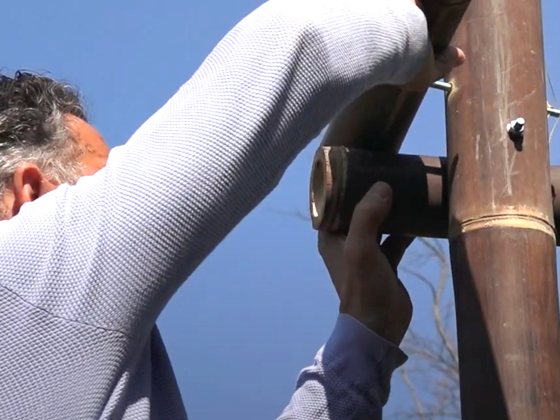In the search for sustainable materials for both urban and rural environments, bamboo screens are a subject of growing interest in academia and the construction industry. These natural screens not only offer aesthetic and environmental benefits, but also provide a robust alternative to traditional building materials. The properties of bamboo are both diverse and impressive, and they lend themselves well to applications in garden design, infrastructure, and eco-friendly architecture, among others. But what makes bamboo screens so special, and why should they be an important part of our future infrastructure?

The biomechanics and growth of bamboo
To appreciate bamboo screens , it is essential to understand the unique properties of bamboo as a plant. Bamboo belongs to the Poaceae (grasses) family and is known for its exceptionally rapid growth: some species can grow up to 91 cm per day. This rapid growth is due to bamboo's unique growth pattern, in which the plant develops new shoots from nodes, without relying on a central stem system as in trees. This makes bamboo particularly efficient at absorbing CO₂ and producing biomass, making it a more sustainable alternative than wood extracted from slower-growing trees.
Another important advantage of bamboo is the strength and flexibility of its fibers. Bamboo fibers consist of long, hollow tubes with thick walls that offer exceptional compressive and tensile strength. These properties make bamboo even stronger than some types of steel when it comes to tensile strength, meaning bamboo screens can withstand strong wind forces and other environmental factors. At the same time, the material remains flexible, which helps prevent breaks and cracks.
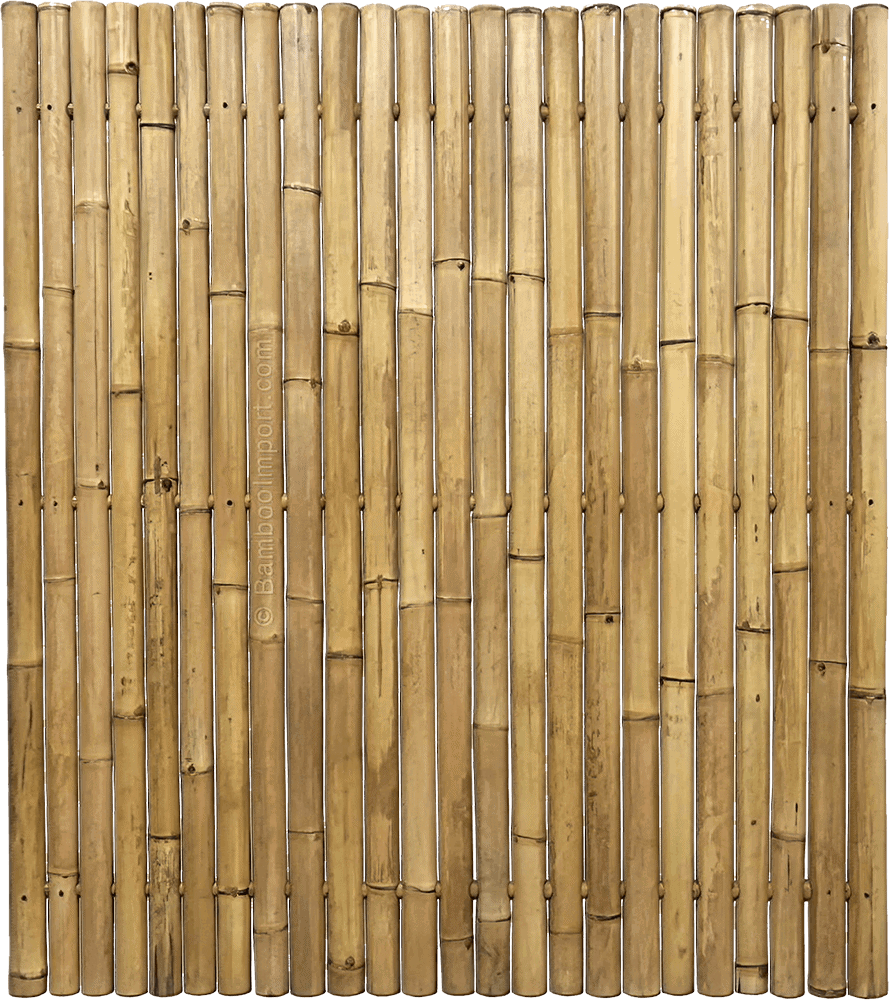
Bamboo screens as an eco-friendly option
Bamboo also stands out in terms of sustainability. Compared to traditional woods, which often take decades to grow, bamboo reaches maturity within three to five years and can then be quickly re-harvested without the need for replanting. In addition, the use of bamboo helps reduce the demand for tropical hardwood, which is crucial to reduce deforestation in fragile ecosystems such as the Amazon and Southeast Asia.
Another sustainable aspect of bamboo screens is their biodegradability and low impact during production. Whereas the production of concrete and steel consumes a lot of energy and creates harmful emissions, bamboo has a low carbon footprint and requires little chemical processing. In addition, bamboo can be easily composted at the end of its useful life, making it a circular material that fits perfectly with the principles of the circular economy.
Applications of bamboo screens in landscaping and construction
Bamboo screens are increasingly used in landscaping because of their natural look and ability to adapt to different styles and environments. They are ideal for creating privacy and separation in outdoor spaces without creating a visual barrier that can appear heavy and disruptive. In addition, bamboo screens are often used in urban environments, where they help reduce noise pollution and improve air quality due to their filtering properties.
In construction projects, bamboo screens act not only as decorative elements but also as structural components. The high tensile strength of bamboo allows these screens to be relatively thin yet strong enough to meet building codes. As a result, they are used as shade structures, wind breakers, and even partial support structures in buildings. Innovative designs often combine bamboo with other materials such as glass and steel, giving modern architecture an ecological and aesthetic foundation.
Challenges and limitations of bamboo as a building material
Despite the many advantages of bamboo, there are also some important limitations to consider. First, bamboo is naturally susceptible to mold and insects, especially in humid climates. To extend the life of bamboo screens, they are often treated with chemicals, which can partially undermine the ecological benefits. Fortunately, studies are currently being conducted on alternative, non-toxic treatment methods, such as thermal modification and natural oils, that could potentially reduce these drawbacks.
Another challenge is the variation in quality between different types of bamboo and different harvesting methods. Ensuring the structure and durability of bamboo screens requires careful selection and processing of the material. This requires specialized knowledge, which in some markets limits the accessibility and affordability of bamboo products.
The future of bamboo screens in sustainable construction
Looking to the future, it is clear that bamboo screens offer a promising alternative to traditional building materials. They are ecologically sound, economically feasible, and functionally versatile. In a world that increasingly values sustainability and efficiency, bamboo seems to be a logical choice for infrastructure and landscape designs that respect and enhance the natural world.
With further research into the treatment and application of bamboo in construction, this material can contribute to a more sustainable and greener infrastructure. You as a future designer or builder can consider bamboo as a core material in your projects, taking a step toward a more sustainable world. Bamboo screens are not a fad, but an essential element of the transition to a more ecological future.




